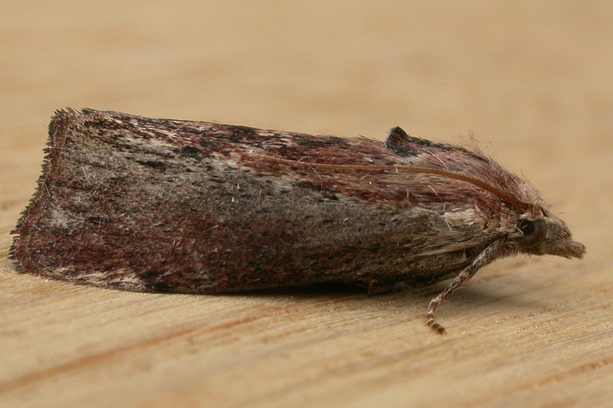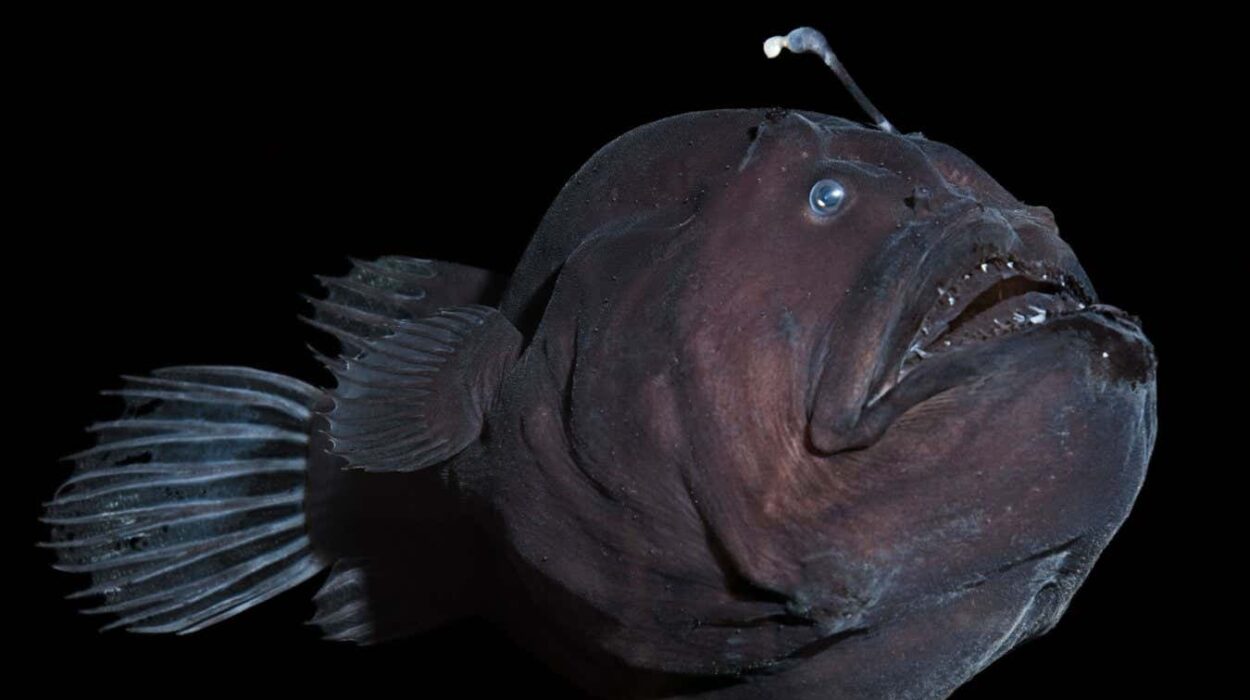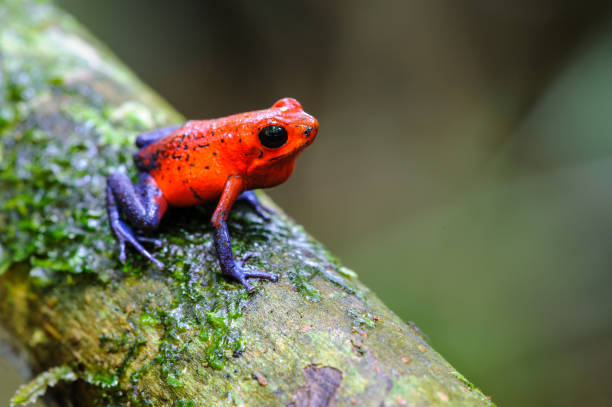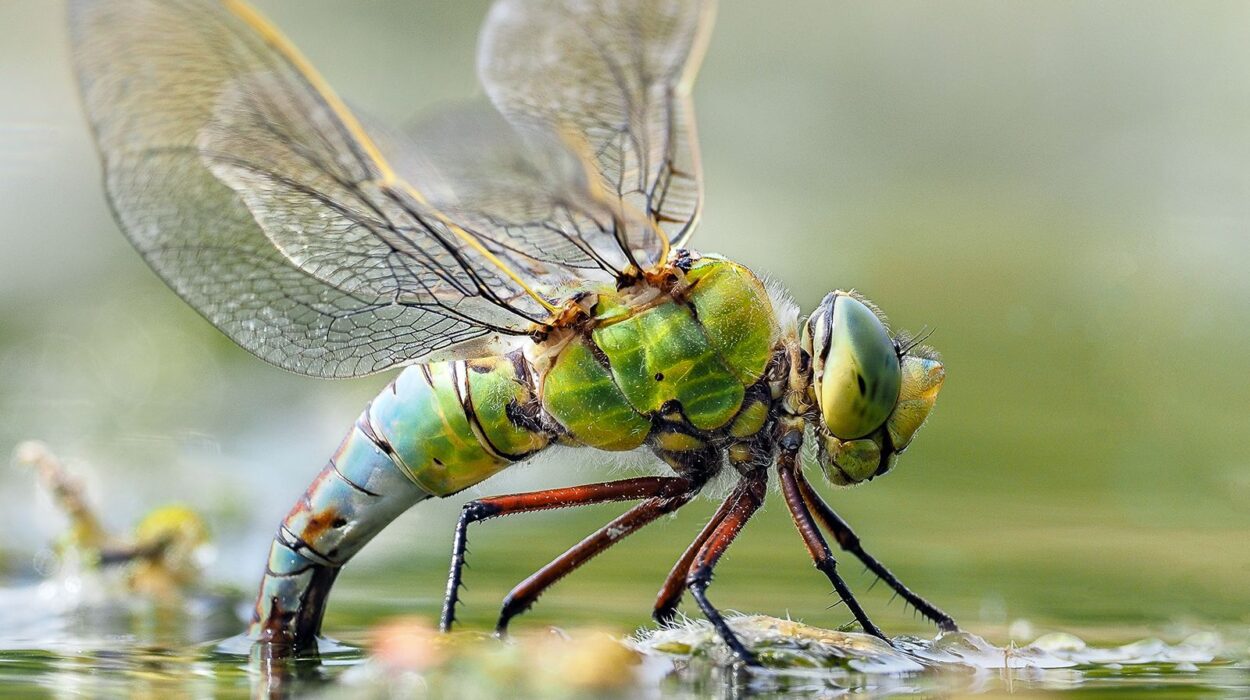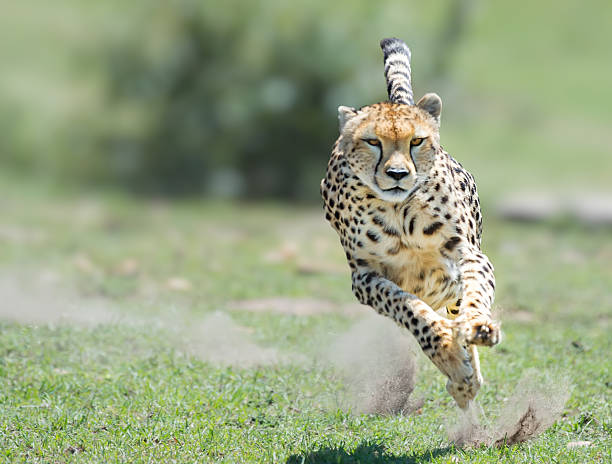The animal kingdom is full of extremes. Some creatures move with astonishing speed, others crawl at a glacial pace, and a few possess strength that defies imagination. The diversity of life on Earth reflects billions of years of evolution, with each species uniquely adapted to its environment. Speed, slowness, and strength are not just curiosities; they are the products of natural selection, shaped by survival, reproduction, and ecological balance.
Understanding the fastest, slowest, and strongest animals provides insight into how evolution operates. Speed allows predators to catch prey and prey to escape danger. Slowness can be an advantage when conserving energy or avoiding detection. Strength enables animals to dominate, defend, or endure the harshest environments. From the lightning-fast cheetah to the barely moving sloth, and from the mighty elephant to the microscopic but powerful tardigrade, each extreme showcases a fascinating story of adaptation and survival.
The Evolutionary Purpose of Speed
In nature, speed often determines life or death. The need to chase or flee has driven countless species to evolve remarkable forms of locomotion. Speed in animals can come in many forms—running, flying, swimming, or even striking—and each depends on the demands of a species’ environment.
Speed is influenced by several biological and biomechanical factors. Muscle fiber composition plays a critical role. Fast-twitch fibers contract rapidly, enabling bursts of power, while slow-twitch fibers provide endurance. The shape of limbs, the efficiency of oxygen delivery, and even body temperature regulation all determine how fast an animal can move.
However, speed is always a compromise. The fastest land animals sacrifice endurance for short bursts of velocity. Flying animals balance aerodynamic efficiency with maneuverability, while aquatic species must overcome the immense resistance of water. Each adaptation is a reflection of ecological need, not just physical ability.
The Fastest Land Animals
The land has produced some of the most iconic examples of speed in nature. Among them, the cheetah stands unrivaled as the fastest terrestrial runner. Reaching speeds of up to 120 kilometers per hour (75 miles per hour), a cheetah can accelerate from 0 to 100 km/h in just a few seconds—faster than most sports cars. This incredible acceleration comes from its lightweight frame, flexible spine, and large nasal passages that supply oxygen efficiently during sprints.
But this speed comes at a cost. Cheetahs can maintain their top velocity for only 20 to 30 seconds before overheating. Their hunting strategy depends on stealth and a short chase, not prolonged pursuit. Evolution has favored agility and explosive power rather than stamina, allowing cheetahs to catch swift prey such as gazelles and impalas.
Other terrestrial animals also exhibit impressive bursts of speed. The pronghorn antelope of North America can reach speeds close to 100 km/h (61 mph) and, unlike the cheetah, can sustain high speeds for several kilometers. This endurance suggests that pronghorns evolved alongside ancient predators—now extinct—capable of long-distance pursuit. Their highly efficient cardiovascular system allows oxygen to reach muscles rapidly, making them marathon runners of the mammalian world.
Predatory cats such as lions, leopards, and jaguars are also fast, though not as quick as the cheetah. They rely on stealth and strength rather than pure velocity. Greyhounds, known for racing, reach around 70 km/h (43 mph) and share many physiological similarities with the cheetah, including flexible spines and long limbs optimized for rapid acceleration.
Even smaller animals exhibit exceptional speed for their size. The hare, for example, can reach speeds over 70 km/h, enabling it to evade predators through rapid zigzagging motions. Insects such as tiger beetles move so fast relative to their body size that their vision momentarily fails—they must stop to reorient before continuing their pursuit.
The Fastest Animals in the Air
Flight introduced a new dimension of speed. Birds and insects evolved wings that allow them to move through air with minimal resistance. Among them, the peregrine falcon holds the record as the fastest creature on Earth when measured by velocity during its hunting dive, or “stoop.” As it plummets from great heights toward its prey, the peregrine falcon reaches speeds exceeding 320 kilometers per hour (200 miles per hour). Its aerodynamic body shape, stiff feathers, and specialized respiratory system enable it to maintain control while diving at terminal velocity.
During level flight, however, other birds dominate. The Brazilian free-tailed bat, for example, has been recorded flying at over 160 km/h (99 mph), surpassing many bird species. Swifts and spine-tailed swifts can sustain speeds of 170 km/h in level flight, making them the fastest flyers under their own power without diving.
Speed in the air is not limited to vertebrates. Some insects exhibit extraordinary aerial agility. The dragonfly, for instance, is capable of flying at speeds of around 55 km/h (34 mph) and can hover, fly backward, and change direction instantly thanks to its independently controlled wings. Evolution has turned these small creatures into masters of aerial precision, essential for hunting and evading predators.
The Fastest Animals in Water
Water, being denser than air, presents a unique challenge for speed. Aquatic animals must overcome drag forces that increase with velocity. The fastest swimmers have evolved streamlined bodies, powerful tails, and specialized muscles that maximize thrust while minimizing resistance.
The sailfish is often cited as the fastest fish in the ocean, capable of reaching speeds between 100 and 110 km/h (68 mph). Its long, slender body and retractable dorsal fin reduce drag, while its bill helps cut through water efficiently. The black marlin and swordfish are close contenders, reaching similar speeds during bursts of pursuit.
Among marine mammals, the common dolphin is one of the swiftest swimmers, reaching speeds of around 60 km/h (37 mph). Dolphins use a combination of strong tail muscles, flexible spines, and hydrodynamic body shapes to glide smoothly through water. Killer whales, or orcas, are also powerful swimmers, capable of reaching 55 km/h (34 mph) despite their large size.
Speed in water is often used not only for hunting but also for escaping predators. Tuna, sharks, and mackerel have evolved streamlined shapes and efficient gill systems that allow sustained high-speed travel across long distances. Their mastery of hydrodynamics has inspired modern submarine and ship designs, showing how evolution’s engineering can inform human innovation.
The Science of Slowness
While speed often captures attention, slowness is an equally fascinating evolutionary strategy. Moving slowly can conserve energy, reduce the likelihood of detection, or suit environments where haste offers no advantage. Some of the slowest creatures on Earth live in stable, low-energy ecosystems such as tropical forests or ocean depths, where patience is the key to survival.
Slowness in animals is typically associated with metabolic rate. Creatures with slow metabolisms produce less energy and therefore move more gradually. Many slow-moving species rely on defenses such as camouflage, armor, or toxins to compensate for their lack of mobility.
The three-toed sloth, native to Central and South America, epitomizes the concept of slowness. Moving at an average speed of just 0.24 km/h (0.15 mph), the sloth spends most of its life hanging upside down from trees. Its metabolism is exceptionally low, allowing it to survive on a diet of nutrient-poor leaves. Slowness helps it conserve energy and avoid detection by predators that rely on movement to spot prey. Even its fur hosts algae that camouflage it within the forest canopy.
Sea anemones, though appearing motionless, are technically capable of movement but at a pace measured in centimeters per hour. Their sedentary lifestyle suits their role as ambush predators, waiting for fish or plankton to drift into their stinging tentacles.
The giant tortoise of the Galápagos Islands is another icon of slow living. With a top speed of about 0.3 km/h, it exemplifies endurance rather than haste. Tortoises live for more than a century, and their slow metabolism contributes to longevity. Their calm pace is a reflection of an evolutionary equilibrium—no need to hurry when few predators can threaten you.
In the ocean, the sea cucumber represents one of the slowest marine creatures. It moves by contracting its body or using tiny tube feet, advancing mere centimeters per minute. Yet this slow pace suits its scavenging lifestyle on the ocean floor, where it recycles organic material vital to marine ecosystems.
The Role of Slowness in Evolution
Slowness, though counterintuitive, is often a sign of evolutionary success in stable environments. By conserving energy and reducing exposure to predators, slow species can thrive where fast ones cannot. For instance, deep-sea creatures such as the Greenland shark live in frigid, low-energy habitats. This species, which may live for over 400 years, moves extremely slowly but efficiently, minimizing metabolic demands.
Evolutionarily, slow metabolism correlates with long lifespan and low reproductive rates. These species trade speed for survival. Their strategy focuses on persistence rather than competition. Slowness, therefore, represents not weakness but balance—a biological response to specific ecological pressures.
The Strongest Animals on Earth
Strength, like speed, manifests in different ways depending on context. There are several ways to define strength: absolute strength (total force exerted), relative strength (force compared to body weight), and endurance strength (ability to sustain force over time). Animals have evolved incredible feats of power, from lifting immense weights to crushing shells or carrying loads many times their mass.
Among the large terrestrial animals, the African elephant reigns supreme in raw power. An adult male can weigh over 6,000 kilograms and carry loads exceeding 900 kilograms. Its trunk, composed of around 40,000 muscles, is capable of uprooting trees or delicately picking up small objects. The elephant’s strength is not just physical—it plays a vital role in shaping ecosystems, knocking down trees that create grasslands and open habitats for other species.
In the world of insects, strength takes on a different scale. The rhinoceros beetle can lift objects over 850 times its own body weight. To put that in human terms, it would be equivalent to a person lifting nearly 65 tons. Such strength arises from the beetle’s compact design, thick exoskeleton, and efficient muscle-to-body ratio. Similarly, ants can carry loads 50 times their own weight thanks to the strength of their exoskeletal structure and powerful neck joints.
Marine life also showcases staggering strength. The blue whale, the largest animal ever known, is not only immense but extraordinarily strong. Its heart alone weighs as much as a small car, pumping thousands of liters of blood through its body. The whale’s tail, or fluke, propels it through water with enough force to break bones or damage boats. Despite its size, the blue whale moves gracefully, a testament to the efficiency of its muscular and skeletal adaptations.
Crocodiles and alligators possess one of the most powerful bite forces in the animal kingdom, exceeding 3,500 pounds per square inch (psi). Their jaw muscles are optimized for closing force rather than opening, allowing them to seize and crush prey with devastating efficiency. The saltwater crocodile, in particular, exhibits the strongest bite recorded among living animals.
Even smaller animals display surprising strength. The leafcutter ant’s ability to cut and transport pieces of leaves many times its size demonstrates a collective form of strength, where teamwork amplifies individual power. The dung beetle, specifically Onthophagus taurus, holds the record as the strongest animal relative to its body weight—it can pull over 1,000 times its own mass. Such adaptations enable survival in competitive environments where efficiency matters more than size.
Measuring Animal Strength Scientifically
Quantifying animal strength requires understanding biomechanics—the study of movement and mechanical forces in living systems. Scientists use tools such as force gauges, motion analysis, and electromyography to measure muscle output and torque. Insects, due to their exoskeletons, benefit from structural rigidity that allows muscles to exert force more efficiently than vertebrate tissue of equivalent size.
Muscle strength depends on cross-sectional area: the thicker the muscle, the more force it can produce. However, scaling laws show that as animals grow larger, their mass increases faster than their strength, since volume grows cubically while muscle area grows only quadratically. This explains why smaller animals, relative to their size, often appear stronger than giants.
How Speed, Slowness, and Strength Interconnect
Although speed, slowness, and strength seem opposite traits, they are deeply interconnected aspects of survival. Each represents a different evolutionary solution to life’s challenges. Speed allows for rapid action, slowness conserves energy, and strength provides power and endurance. No single trait guarantees success—it depends on ecological context.
Predators such as cheetahs and peregrine falcons embody the advantages of speed. Their lives are dictated by rapid pursuits. Conversely, sloths, tortoises, and slow-moving fish thrive in habitats where energy conservation outweighs the need for haste. Strong animals like elephants or beetles rely on power for dominance, defense, or survival in physically demanding environments.
Evolution has balanced these traits through trade-offs. Muscles designed for speed (fast-twitch fibers) fatigue quickly, while those built for endurance (slow-twitch fibers) lack explosive force. Similarly, species adapted for immense strength may lose agility. Every animal exists at an intersection of these traits, fine-tuned by natural selection to its ecological niche.
The Role of Environment in Shaping Extremes
Environmental pressures largely dictate whether a species evolves toward speed, slowness, or strength. Open plains favor fast runners, dense forests reward stealth and agility, and harsh terrains demand endurance and power. Aquatic animals face hydrodynamic constraints, while aerial creatures must overcome gravity and drag.
Temperature, oxygen availability, and resource abundance also influence physical performance. For example, warm-blooded animals maintain high metabolic rates and can sustain bursts of activity, while cold-blooded species rely on external heat sources, often resulting in slower movement. In high-pressure ocean depths, slow metabolisms conserve energy where food is scarce.
The balance between energy input and output determines what traits prevail. A predator that burns more energy chasing prey than it gains from capture cannot survive. Thus, nature always selects for efficiency within environmental limits.
Human Understanding and Technological Inspiration
Humans have long admired and studied the extremes of animal ability. The aerodynamic design of birds has influenced aviation; the muscular efficiency of fish has inspired underwater robotics; and the structural resilience of beetles informs material science. Biomimicry—designing technologies inspired by nature—often draws on the lessons of animal speed, strength, and endurance.
For instance, the peregrine falcon’s streamlined shape inspired high-speed aircraft designs. The cheetah’s flexible spine has been studied in robotics for developing fast, stable machines. Even the slow but steady movement of tortoises and sloths has inspired efficient, low-energy locomotion systems in engineering.
By examining how animals achieve these extremes naturally, scientists can apply biological principles to human challenges—improving performance, energy conservation, and mechanical design.
The Extremes Beyond Earth
The study of animal physiology also offers insights into life beyond Earth. Understanding how organisms withstand high pressure, radiation, or dehydration helps astrobiologists imagine what alien life might look like. The tardigrade, or “water bear,” though microscopic, is among the strongest creatures relative to its size and resilience. It can survive extreme temperatures, radiation, vacuum conditions, and even outer space exposure. The tardigrade’s unique proteins protect its DNA and cells, making it a model for studying life in extraterrestrial environments.
In this sense, the study of Earth’s biological extremes extends far beyond curiosity—it expands our knowledge of what life itself can endure.
The Balance of Power in Nature
In every ecosystem, speed, slowness, and strength coexist in balance. Predators and prey evolve together in a constant arms race of adaptation. Fast prey force predators to become quicker; strong animals influence the behavior of entire ecosystems; slow species maintain balance by recycling nutrients or stabilizing habitats.
No single trait dominates nature. A cheetah’s speed is useless without stealth, just as a sloth’s slowness would be fatal without camouflage. The equilibrium of life depends on the interplay of diverse adaptations, each serving a specific purpose within the web of ecology.
Conclusion
The fastest, slowest, and strongest animals on Earth reveal the incredible range of life’s possibilities. From the cheetah’s breathtaking sprint to the sloth’s patient crawl, from the crushing bite of a crocodile to the indomitable strength of a beetle, each adaptation tells a story written by evolution.
Speed represents energy and pursuit; slowness embodies conservation and endurance; strength reflects dominance and resilience. These extremes are not opposites but complementary forces shaping the living world. Together, they illustrate that life’s success depends not on a single trait, but on the harmony between form, function, and environment.
In the end, the diversity of motion and power across the animal kingdom stands as a testament to nature’s creativity—a reminder that every creature, whether swift, slow, or strong, plays an indispensable role in the grand balance of Earth’s biosphere.

